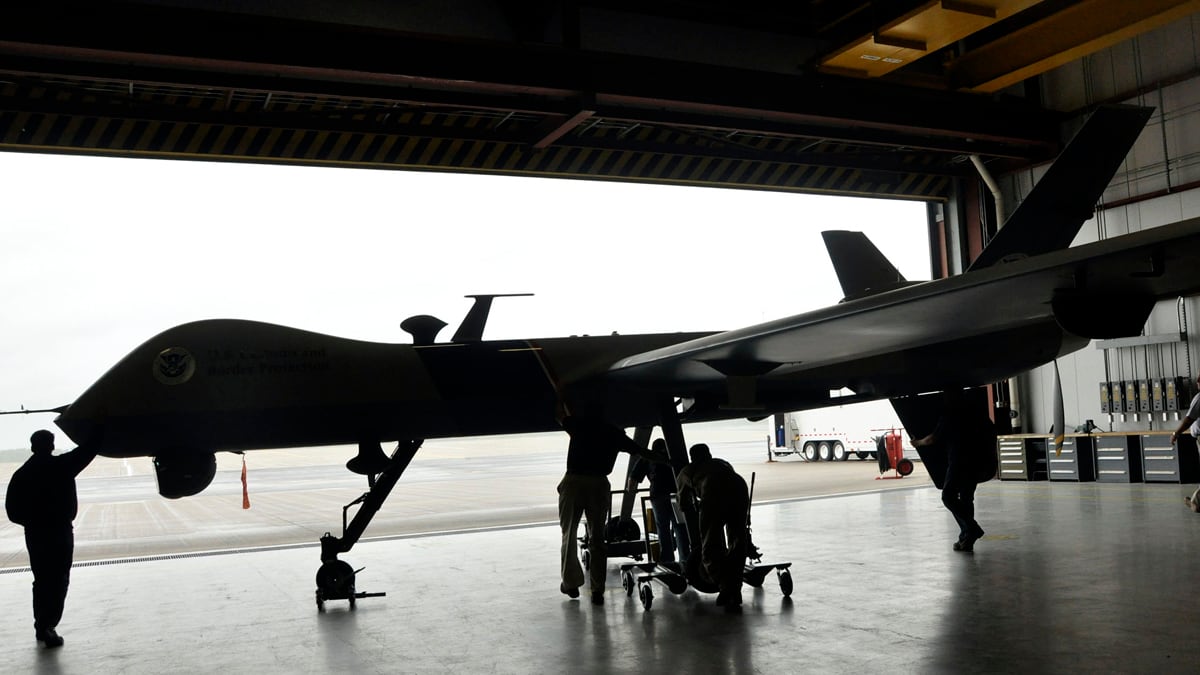Archive
Heather Ainsworth / AP Photo
Anwar al-Awlaki Killing and the Role of General Atomics Predator and Reaper Drones
Military Drones
Drones have demonstrated themselves to be nimble and deadly.

Trending Now
Crime & JusticeUnshaven Luigi Mangione Shows Signs of Stress in Court
Crime & JusticeLuigi Mangione Judge Married to Former Healthcare Exec





